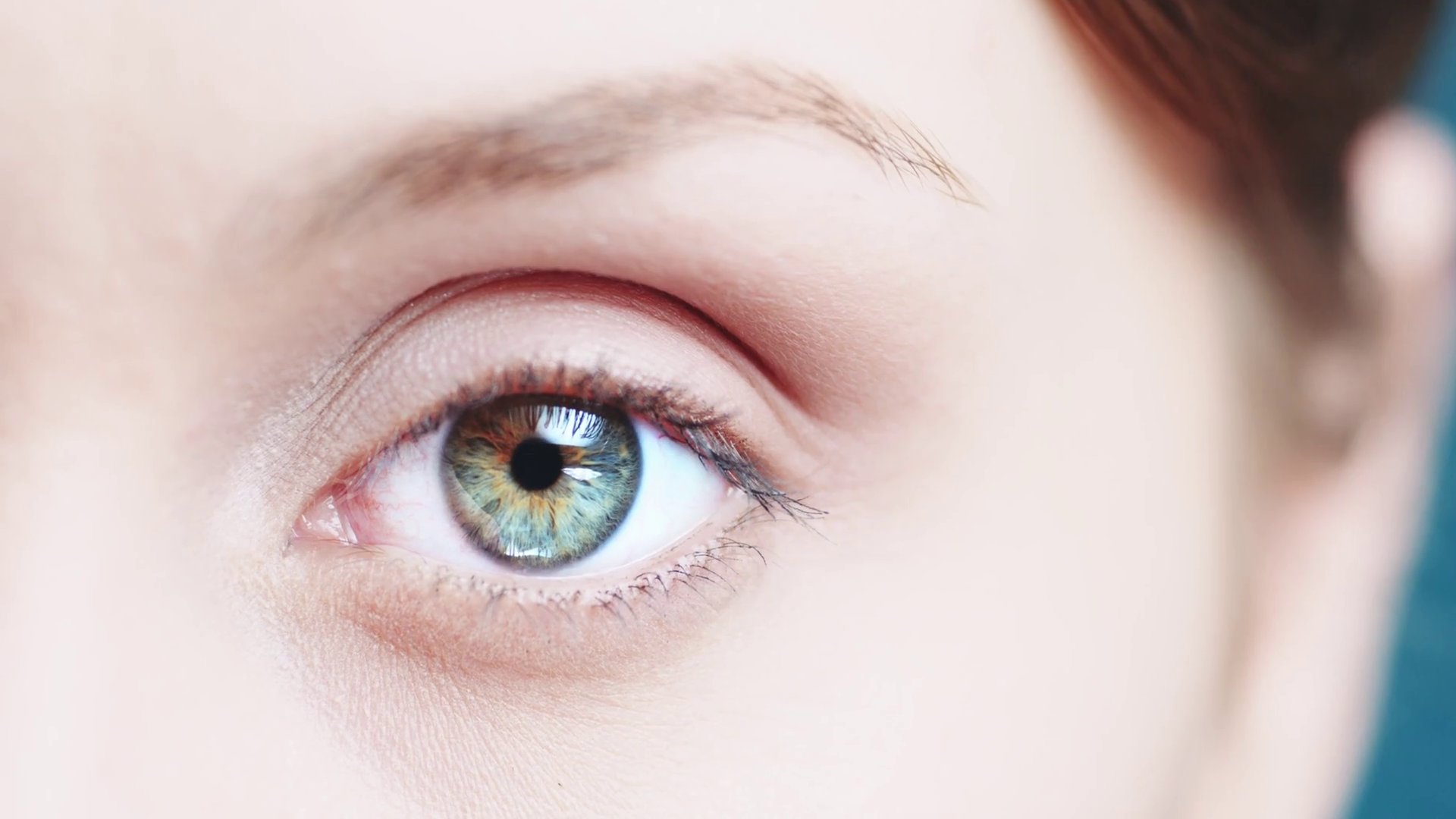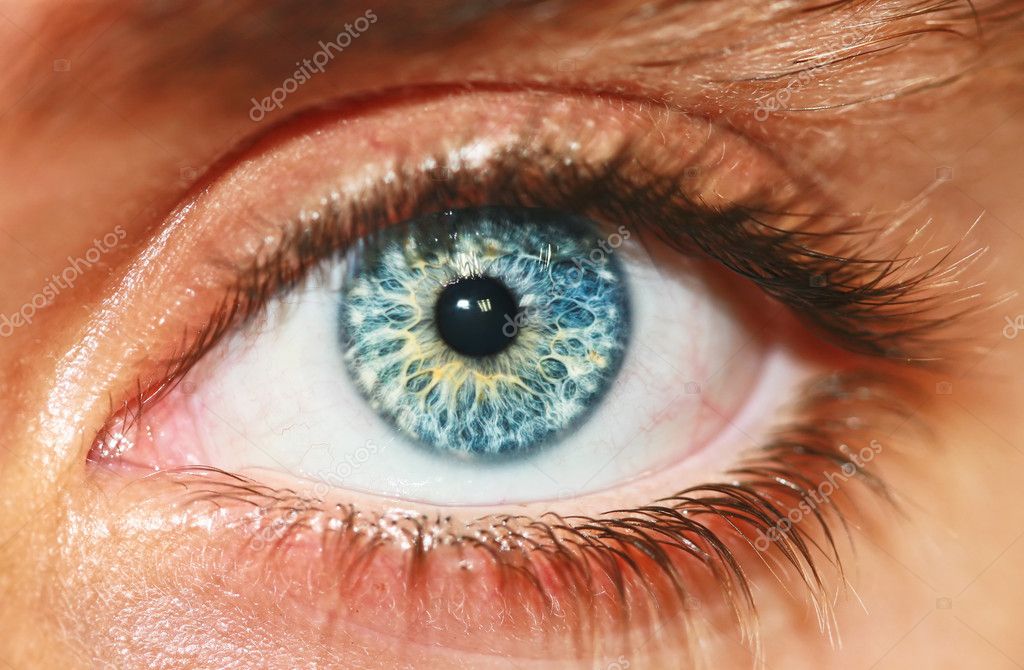

The company promised to focus on its ongoing clinical trial of a brain implant, called Orion, that also provides artificial vision. What happens to those patients next?Īfter Second Sight discontinued its retinal implant in 2019 and nearly went out of business in 2020,Ī public offering in June 2021 raised US $57.5 million at $5 per share. Second Sight Medical Devices abandoned support for blind patients who received its bionic eye implant. The authors discuss this story on Science Friday What happens when cutting-edge implants fail, or simply fade away like yesterday’s flip phones andīetamax? Even worse, what if the companies behind them go bust? Not all these companies will succeed, and Los Angeles–based Second Sight provides a cautionary tale for bold entrepreneurs interested in brain tech. Some companies talk of reversing depression, treating Alzheimer’s disease, restoring mobility, or even dangle the promise of superhuman cognition. But recent advances in neuroscience and digital technology have sparked a gold rush in brain tech, with the outsized investments epitomized by Elon Musk’s buzzy brain-implant company, Neuralink. Some technologies are well established, like deep-brain stimulators that reduce tremors in people with Parkinson’s disease. Neural implants-devices that interact with the human nervous system, either on its periphery or in the brain-are part of a rapidly growing category of medicine that’s sometimes called electroceuticals.

To add injury to insult: A defunct Argus system in the eye could cause medical complications or interfere with procedures such as MRI scans, and it could be painful or expensive to remove.īarbara Campbell’s retinal implant abruptly powered down during a subway transfer in Manhattan, and never worked again.

One technical hiccup, one broken wire, and they lose their artificial vision, possibly forever. These three patients, and more than 350 other blind people around the world with Second Sight’s implants in their eyes, find themselves in a world in which the technology that transformed their lives is just another obsolete gadget. “She said, ‘By the way, you’re not getting your upgrades.’ ” We all just got laid off,’ ” he remembers. Yet in the early months of the COVID-19 pandemic, he heard troubling rumors about the company and called his Second Sight vision-rehab therapist.
EYES STOCK SOFTWARE
He was thrilled to learn in early 2020 that he was eligible for software upgrades that could further improve his vision. He received an implant in one eye in 2019 and remembers seeing the shining lights of Christmas trees that holiday season. Ross Doerr, another Second Sight patient, doesn’t mince words: “It is fantastic technology and a lousy company,” he says. Because there’s no way of getting it fixed.” “But if something does go wrong with it, well, I’m screwed. “As long as nothing goes wrong, I’m fine,” he says. While his two-implant system is still working, he doesn’t know how long that will be the case. Yet in 2020, Byland had to find out secondhand that the company had abandoned the technology and was on the verge of going bankrupt. “ went from being just a person that was doing the testing to being a spokesman,” he remembers. He helped the company test the technology, spoke to the press movingly about his experiences, and even met Stevie Wonder at a conference. Second Sight Medical Products, in his right eye in 2004 and the subsequent Argus II implant in his left 11 years later. He got the first-generation Argus I implant, made by the company Terry Byland is the only person to have received this kind of implant in both eyes.

The patches of light and dark that she’d been able to see with the implant’s help vanished. It was her Argus II retinal implant system powering down. “I was about to go down the stairs, and all of a sudden I heard a little ‘beep, beep, beep’ sound.” “I remember exactly where I was: I was switching from the 6 train to the F train,” Campbell tells IEEE Spectrum. For four years, Campbell had been using a high-tech implant in her left eye that gave her a crude kind of bionic vision, partially compensating for the genetic disease that had rendered her completely blind in her 30s. Barbara Campbell was walking through a New York City subway station during rush hour when her world abruptly went dark.


 0 kommentar(er)
0 kommentar(er)
